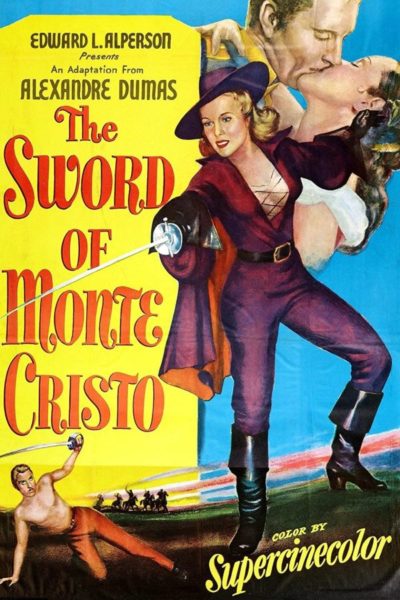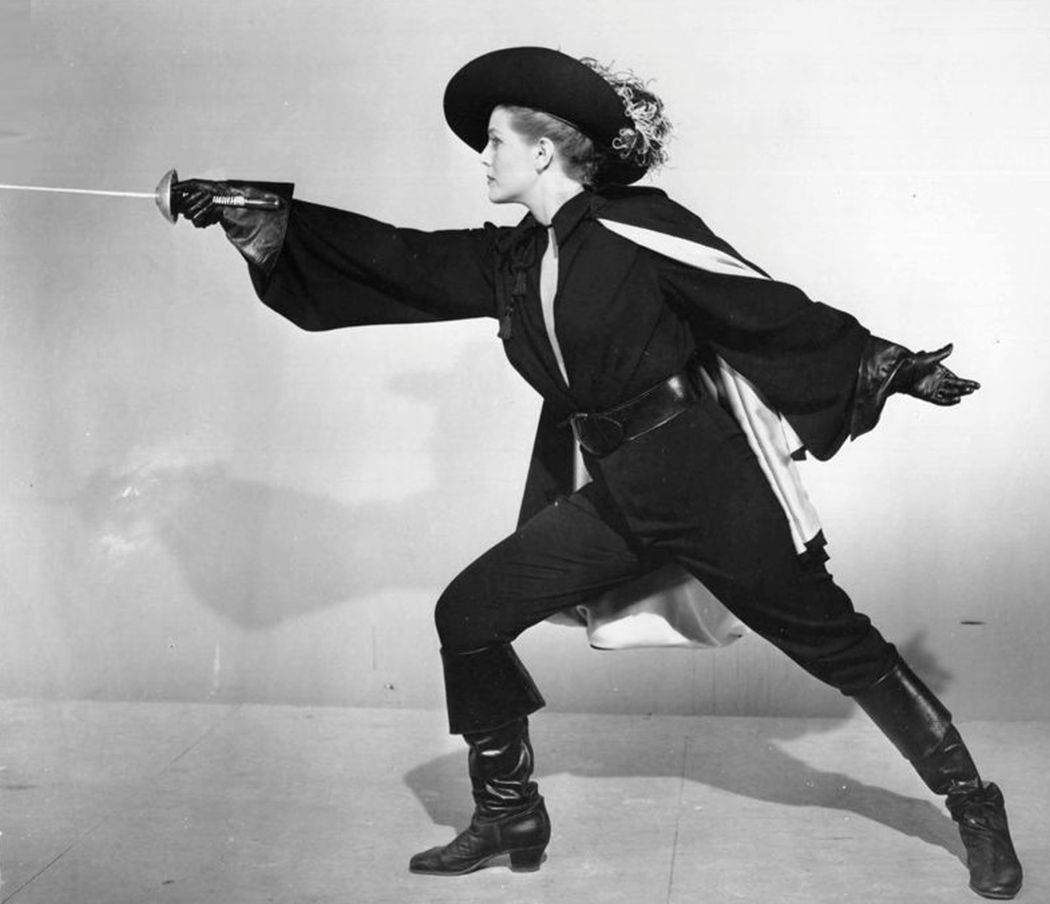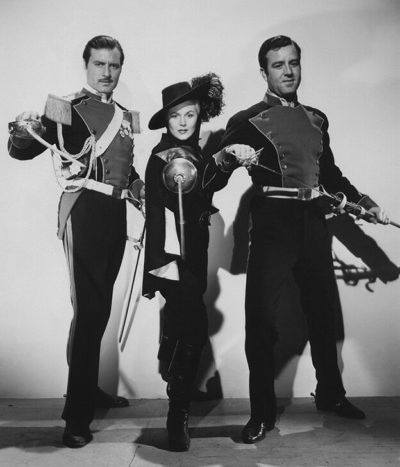★½
“Motion without emotion. “
 It probably didn’t help that I watched this the same day as I finished off the slick, well-animated and occasionally downright beautiful Arcane. This is… not any of those. Well, that’s a bit unfair. The artwork in this “motion comic” is actually not bad (the cover, right, is certainly striking, if not exactly representative!). But being taken off the printed page diminishes the impact considerably, especially when combined with some genuinely terrible voice acting. The setting here is… let’s be honest, it’s Johnny Mnemonic, a good cyberpunk novel by William Gibson that became a not-so-good Keanu Reeves movie. In both worlds, data is now transferred in the heads of human couriers, this being deemed safer than online methods which are vulnerable to hackers. Megan is one such courier, capable of defending her cargo with extreme prejudice.
It probably didn’t help that I watched this the same day as I finished off the slick, well-animated and occasionally downright beautiful Arcane. This is… not any of those. Well, that’s a bit unfair. The artwork in this “motion comic” is actually not bad (the cover, right, is certainly striking, if not exactly representative!). But being taken off the printed page diminishes the impact considerably, especially when combined with some genuinely terrible voice acting. The setting here is… let’s be honest, it’s Johnny Mnemonic, a good cyberpunk novel by William Gibson that became a not-so-good Keanu Reeves movie. In both worlds, data is now transferred in the heads of human couriers, this being deemed safer than online methods which are vulnerable to hackers. Megan is one such courier, capable of defending her cargo with extreme prejudice.
Except, it turns out there’s considerably more to her past than even she knows, as becomes clear after a client tries to assassinate her. Thereafter, things get increasingly complex, with a host of friends, enemies, enemies pretending to be friends, and a slew of Alphas, which are clones based on the DNA of Meg, a.k.a. Omega. It’s all a) rather confusing, and b) not very interesting. Though it’s a bit of a vicious cycle. b) triggers an attention deficit, which acts as a force multiplier on a), then this feeds back into b). I actually did give up about two-thirds of the way through. But much like Battered, the short running time (53 mins here) was its saving grace. Realizing there were barely 15 mins left, I put it back on. Though I will not be taking questions on plot developments in that final section.
The structure here is also off-putting, with the story separated into episodes, no longer than five minutes, which interrupts the flow in an annoying and pointless fashion. Just tell the damn story. But my biggest gripe was the voices, though Andrei as Omega isn’t the problem. It’s a supporting cast who could, almost universally, be replaced by a speech-to-text program, with positive results. And that’s not even mentioning the bad, fake foreign accents, e.g. Russian (or maybe it was French. Hard to tell) and Spanish. Considering there’s not even lip-synching to consider, in this unanimated format, it’s a poor effort indeed.
Maybe it’s just me. Perhaps I need to watch one of these every few years, to be reminded of how crappy the motion comic concept is. For on the basis of this, it seems to combine the worst elements of both comic books and animation. However, it may not be fair to judge the whole medium, on the basis of what seems a badly executed example. There were a couple of moments where the conversion process was reasonabe, and the effect of the comic panels came through as adequately realized. But overall, this was a poor excuse for entertainment. The “To be continued” caption at the end, seemed more like a threat than a promise.
Dir: Mark Edward Lewis
Star (voice): Alina Andrei, Mark Edward Lewis, Jan Shiva, Teresa Noreen






 This 1951 movie is a bit clichéd. But then one has to consider that a lot of these weren’t clichés at the time the movie was made. That said, you will find everything here that you might expect from such a movie: A good king, his evil scheming brother who wants his throne, a dashing captain who has his way with the ladies, revolting citizens, a hidden treasure and a beautiful lady.
This 1951 movie is a bit clichéd. But then one has to consider that a lot of these weren’t clichés at the time the movie was made. That said, you will find everything here that you might expect from such a movie: A good king, his evil scheming brother who wants his throne, a dashing captain who has his way with the ladies, revolting citizens, a hidden treasure and a beautiful lady. When he enters her private rooms, after she has just redressed as her normal self again, he takes – unasked – a seat and puts his shoes on the table. He also forces a kiss on Lady Christianne. When she snaps, “You don’t behave like a gentlemen should!“ he answers, “Well, you don’t behave like a woman should!“ You are left a bit baffled wondering how women in 1951 were supposed to behave when being kissed involuntarily, by an unknown stranger, who just entered your home through the window? But then even her nanny seems to agree (“A young lady shouldn’t run away from a man, she should catch one!”). How things have changed since that time!
When he enters her private rooms, after she has just redressed as her normal self again, he takes – unasked – a seat and puts his shoes on the table. He also forces a kiss on Lady Christianne. When she snaps, “You don’t behave like a gentlemen should!“ he answers, “Well, you don’t behave like a woman should!“ You are left a bit baffled wondering how women in 1951 were supposed to behave when being kissed involuntarily, by an unknown stranger, who just entered your home through the window? But then even her nanny seems to agree (“A young lady shouldn’t run away from a man, she should catch one!”). How things have changed since that time! Countess Christianne does enough riding, fencing and chandelier-swinging to be rightfully included in the genre of female action heroines. Yes, she is not alone: Captain Renault comes across like a second-class Errol Flynn, supporting her and hinting as to her “true motives“ for cross-dressing and fighting (“You don’t fight against the king! I think, you are fighting against your female nature!“). Though Renault kills the big bad, she still has a mind of her own, riding with the Royal dragoons and killing off LaRoche’s right-hand man, Major Nicolet (Conrad).
Countess Christianne does enough riding, fencing and chandelier-swinging to be rightfully included in the genre of female action heroines. Yes, she is not alone: Captain Renault comes across like a second-class Errol Flynn, supporting her and hinting as to her “true motives“ for cross-dressing and fighting (“You don’t fight against the king! I think, you are fighting against your female nature!“). Though Renault kills the big bad, she still has a mind of her own, riding with the Royal dragoons and killing off LaRoche’s right-hand man, Major Nicolet (Conrad).